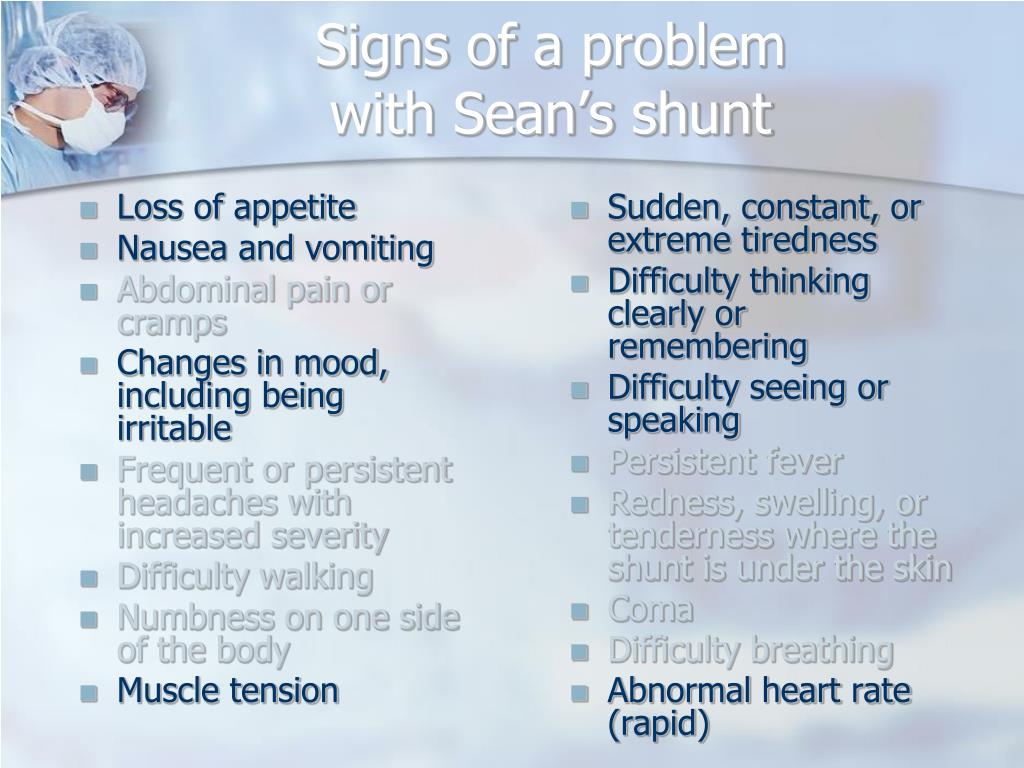

The results show that improved lung aeration following an increase in PEEP is not always consistent with reduced shunt and V/Q mismatch. Non-aerated tissue decreased with increased PEEP in all patients, and hyperinflated tissue increased only in patients with a detrimental response in shunt and V/Q mismatch. Three distinct responses to increase in PEEP were observed in values of shunt and V/Q mismatch: a beneficial response in seven patients, where shunt decreased without increasing high V/Q a detrimental response in four patients where both shunt and high V/Q increased and a detrimental response in a patient with reduced shunt but increased high V/Q mismatch. Changes in shunt and normally aerated tissue were significantly correlated ( r = − 0.665, p = 0.018). Increasing PEEP resulted in reduced values of pulmonary shunt and the percentage of non-aerated tissue, and an increased percentage of normally aerated tissue ( p < 0.05). Values of pulmonary shunt and low and high V/Q mismatch were calculated by a model-based method from measurements of oxygenation, ventilation, and metabolism taken at different inspired oxygen levels and an arterial blood gas sample.

Lung aeration was measured by computed tomography. In this preliminary study, 12 ARDS patients were subjected to recruitment maneuvers followed by setting PEEP at 5 and then either 15 or 20 cmH 2O.

This study aimed to investigate the association between changes in shunt, low and high ventilation/perfusion (V/Q) mismatch, and computed tomography-measured lung aeration following an increase in PEEP in patients with ARDS. Several studies have found only a weak to moderate correlation between oxygenation and lung aeration in response to changes in PEEP.


 0 kommentar(er)
0 kommentar(er)
